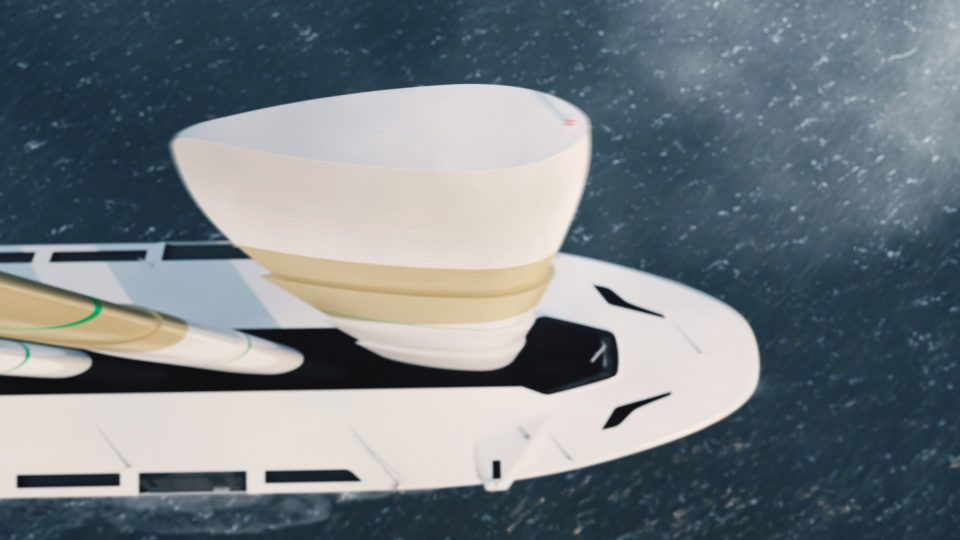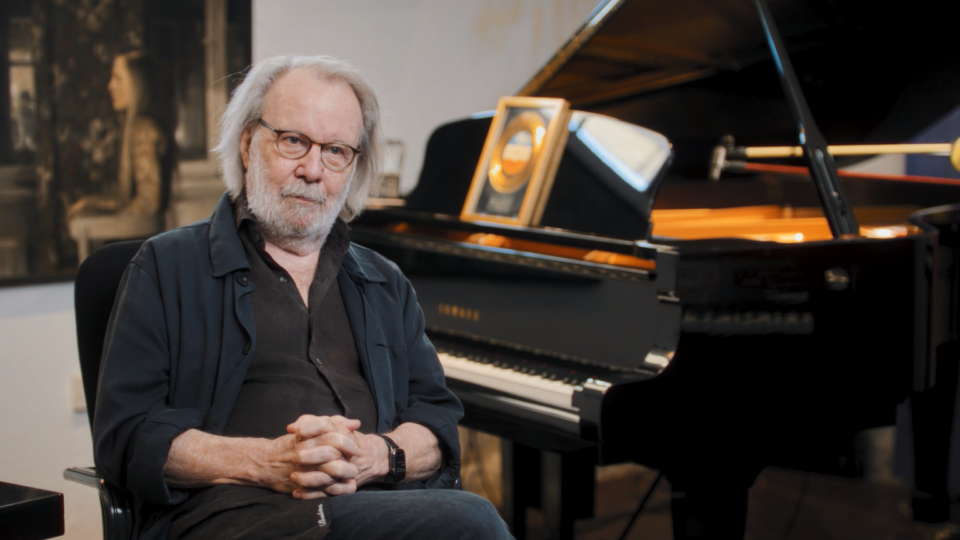In September 2020, Wallenius Marine revealed the new design for the wind powered ship Oceanbird. At a digital press conference, journalists got a pre-view of the ship that will reduce emissions by 90%. Since then, COO Per Tunell and Naval Architect Carl-Johan Söder have been busy.
The news about Oceanbird are flying all over the world. What reactions have you received?
“We are overwhelmed by all the support we have received. A lot of the reactions contains hope: finally a solution that is real and will make an actual contribution to slow down climate change. I think that we are all starving for positive news in that area.” says Per Tunell.
“People have been interested in the technology with wing sails, what fuel we will use for the engine and other technical details. We try to answer as much as we can but a lot of the design process is still ahead. We have one year to go until we expect to have a design ready to order” says Carl-Johan Söder.
Why are Wallenius Marine revealing so much in the middle of the design process? Aren’t you afraid that competitors will steal your ideas?
“Our vision is to lead the way towards truly sustainable shipping, and of course we want others to join us. It is not a competition, but rather a direction we all need to take. By being transparent in the process, we want to inspire others to test the limit to what is possible. Cause we need to make a change and it just can’t wait anymore.” says Per Tunell.

There were a lot of interesting questions from the audience. Was it anyone in particular that you would like to give a more detailed answer to?
“Jakob Kuttenkeuler (Professor at KTH Centre of Naval architecture) gave a really good answer concerning how the wind behaves in the area where the wings will operate. Since it’s above conventional sailing ships and below airplane routes, we didn’t know a lot about it before we started the project. Thanks to advanced laser measurements, so called LIDAR, we have much better knowledge now. Those who are interested can read more in our blog post about the LIDAR measurements.” says Carl-Johan Söder.
“One question that I have received afterwards have been about the fact that we are transporting 7,000 cars, and how that can justified from an environmental perspective. But the car industry is going through a major transition as well, and it is moving fast. I would say they are way ahead of the general shipping industry and I am convinced that cars of the future will have significantly less, or even zero emissions from their operation. Oceanbird is matching what many car manufacturers are doing perfectly” says Per Tunell.

What happens next in the Oceanbird project?
“Together with our partners KTH and SSPA, we will continue testing with the 7 metre models in basin and open water, during the fall. The design will be developed in different aspects as we continue to put in new data from tests in the simulations. This will also be an important platform to test and demonstrate the control algorithm for the wing rigs and hydrodynamic appendixes.
We are also lining up for the first round of seakeeping test in SSPA maneuvering basin from end of September. This will be unique tests where the model will be equipped with fans in order to capture both aero and hydro dynamic effects in model scale. So, all in all we are looking forward to a very intensive autumn with several exciting activities.“ says Carl-Johan Söder.
“We will of course also continue the dialog with stakeholders and expand the number parties involved. We need to ensure that we turn every stone and remove any potential obstacle that could potentially delay the realization of this vessel. It could be political, perception, legal, financial, commercial, technical etc…..everything need to examined and handled. Together we shall make this happen!” says Per Tunell.




